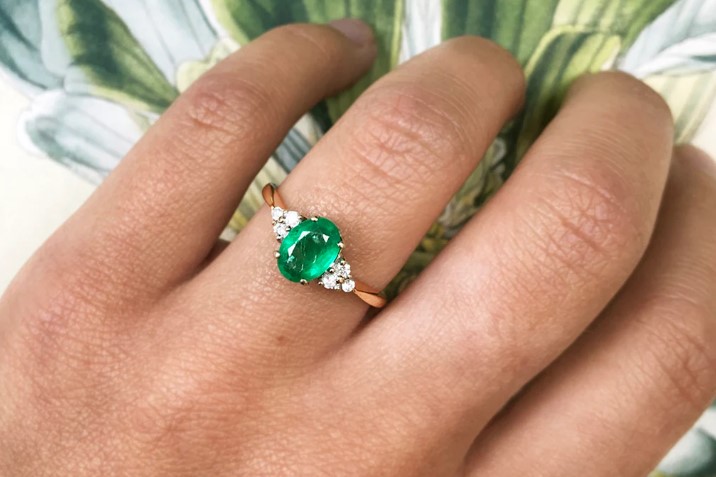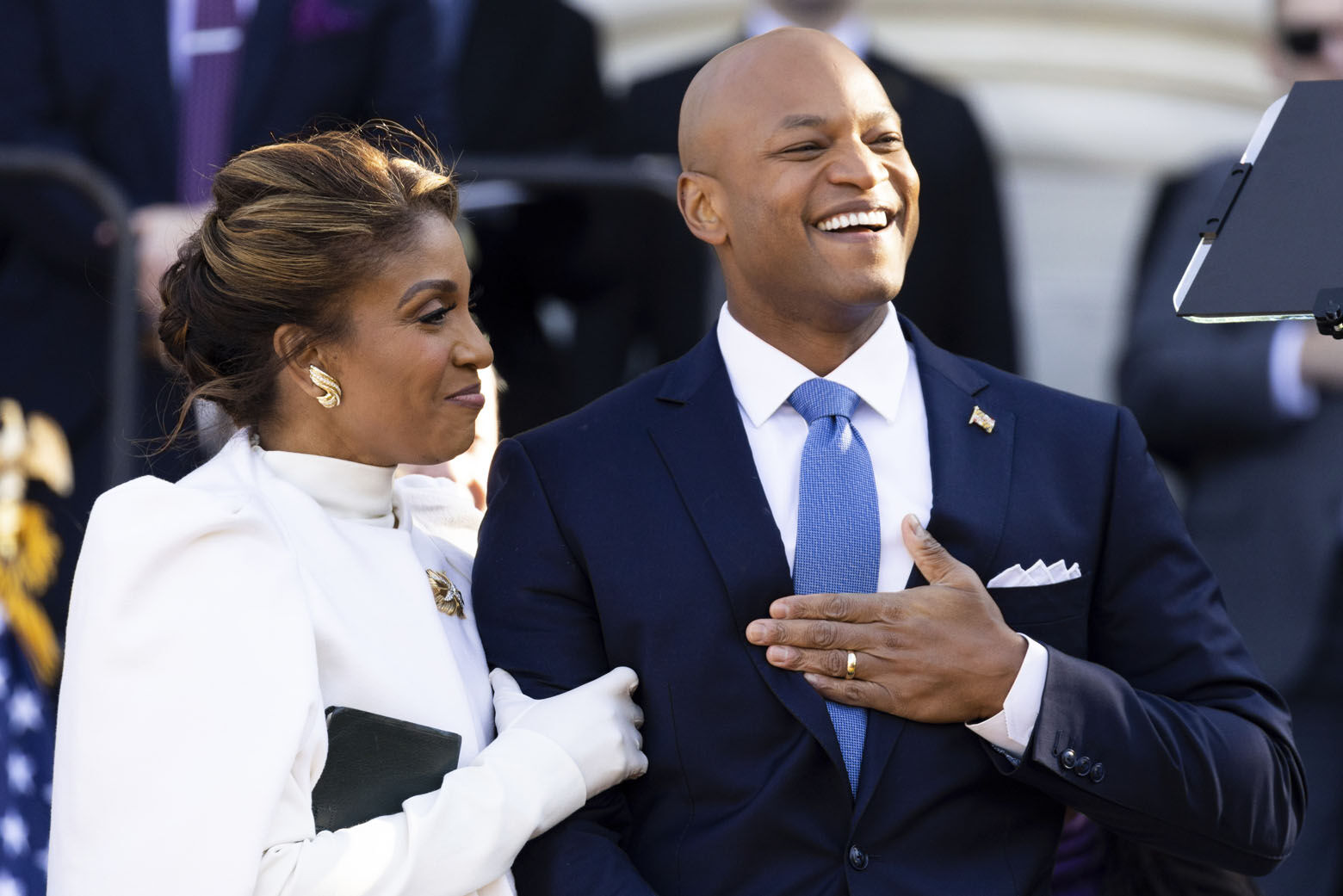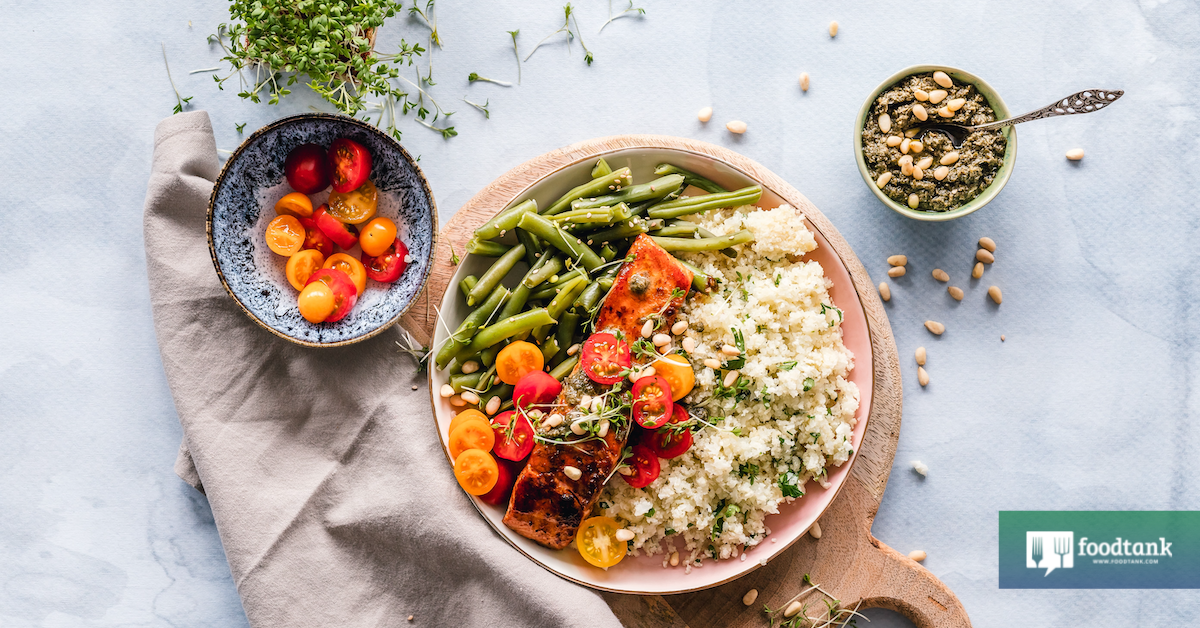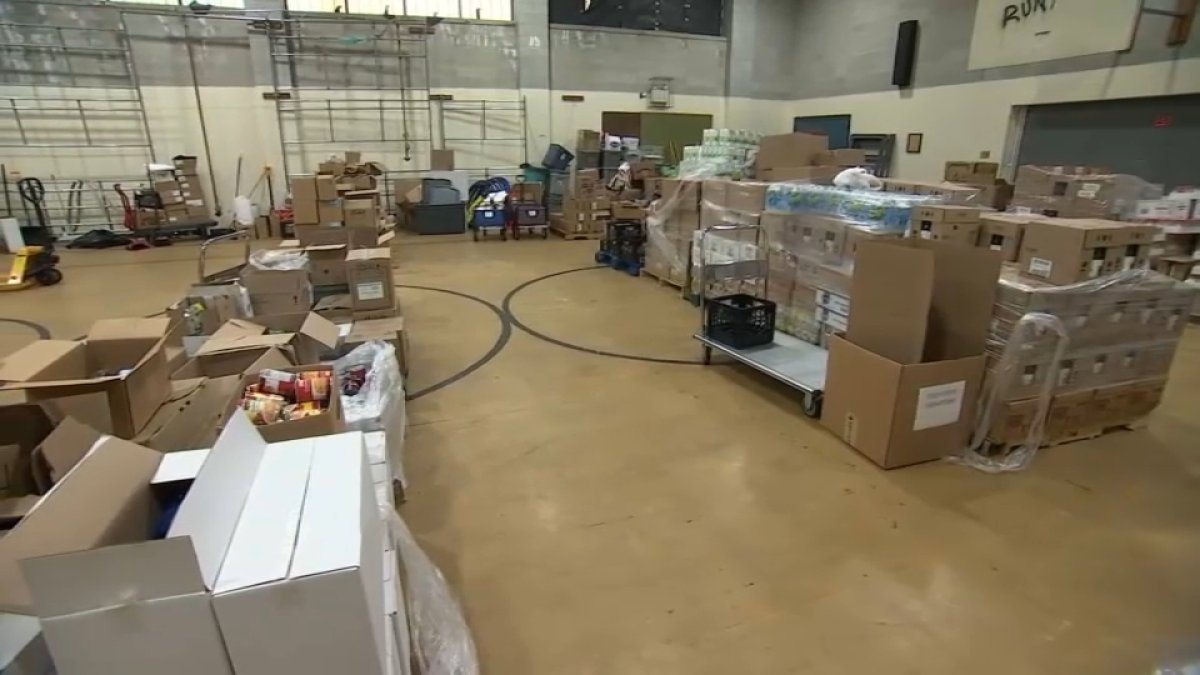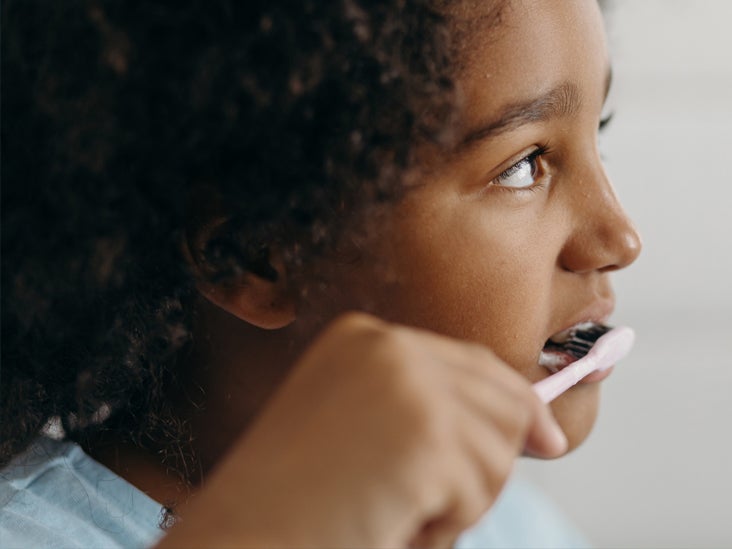

- Pediatricians have some tips to help make New Year’s resolutions fun for kids of all ages.
- Rewarding or coaching children on their successes and failures should be approached differently by age group.
- Children as young as preschoolers can learn to set goals and form healthy habits.
The time around New Year’s Day is often one of celebration and many use it to reflect and take stock.
It’s also a time of new beginnings, which has naturally led to the tradition of setting New Year’s resolutions.
In the spirit of the season, the American Academy of Pediatrics (AAP) has released a list of healthy goals for children, from preschoolers up through teenagers.
So what did they recommend and what do experts think about it?
Many of the resolutions suggested by the AAP leave the definition of success somewhat vague.
They start with phrases such as “I will try to…” and “I’ll do my best to…”
That’s no accident.
While specific goals that include measurable criteria and a deadline are frequently suggested for adults, experts say that a little leeway can help prevent children from becoming discouraged.
Dr. Daniel Ganjian, FAAP, a pediatrician at Providence Saint John’s Health Center in Santa Monica, California, told Healthline, “Such language helps prevent perfection paralysis, where children feel like [they] have to do something 100 perfect perfectly, or otherwise it’s worthless.”
Dr. Gina Posner, a pediatrician at MemorialCare Orange Coast Medical Center in Fountain Valley, California, thought the careful language was beneficial as well.
“A lot of times people will give up if they fail. If you say, ‘I will try’, it helps give you a little wiggle room to fail and then try again,” Posner told Healthline.
The AAP recommends picking out resolutions together as a family. Experts believe that this can help create a more positive experience.
Dr. Connie Bartlett, a pediatrician with Providence St. Joseph Hospital in California, told Healthline, “[It’s best] to model good behavior as a family and work together to achieve collective success.”
In contrast to the way many adults approach their resolutions, the AAP’s recommendations are designed to build healthy, lasting habits as opposed to completing a set task.
For preschoolers, they recommend goals centered around daily activities such as eating, socializing, and practicing hygiene. Examples include:
- I will try new foods when I can, especially all different colors of vegetables.
- I will do my best to be nice to other kids who need a friend or look sad or lonely.
- I will wash my hands after going to the bathroom and before eating.
For kids ages 5 to 12, the goals start to include some decision-making power for the child and are more adaptable to a variety of scenarios. Examples include:
- I will try to find a physical activity (like playing tag, jumping rope, dancing, or riding my bike) or a sport I like and do it at least three times a week.
- I will drink water every day. I will keep soda and fruit drinks only for special times.
- I will tell an adult about bullying that I see or hear about and do what I can to help keep school safe for everyone.
For teenagers, the goals reflect their lives and the new choices and risks they can be expected to encounter. Examples include:
- I will resist peer pressure to try cigarettes, e-cigarettes, drugs, or alcohol.
- I agree not to use a cell phone or text message while driving and to always use a seat belt.
- When faced with a difficult decision, I will talk about my choices with an adult whom I can trust.
So as your child begins to demonstrate the behavior you’re looking to see, how and when should they be rewarded?
“Positive reinforcement is preferable at any age. Toddlers and young children do better with immediate reinforcement for good behavior. Older children or teens can benefit from delayed gratification,” suggested Bartlett.
“I would do weekly awards for young kids and maybe monthly for teenagers. Things like going out to eat, getting a small toy or game, even a little pocket change to save and do with what they want can all be good. I wouldn’t give candy treats because sometimes this throws the resolution out the window,” Posner advised.
Dr. Brett Enneking, a clinical psychologist with Riley Children’s Health in Indianapolis, told Healthline that early wins can build momentum for forming good habits.
“The important thing is that the child gets a feeling of success early on, which is helpful in providing continuing motivation. The best rewards are going to be those that the child/adolescent and the parent agree on together,” said Enneking.
And if the goal just can’t be achieved?
“That is OK. It is also important for children to learn that sometimes we have to modify goals to make them more attainable,” said Enneking.
“Don’t be afraid of mistakes. Get it wrong first and then get it right,” said Ganjian.
“The best way to get a child to change is by being a good role model. When your child sees you working on yourself, then he or she will be more likely to work on herself as well,” Ganjian added.


